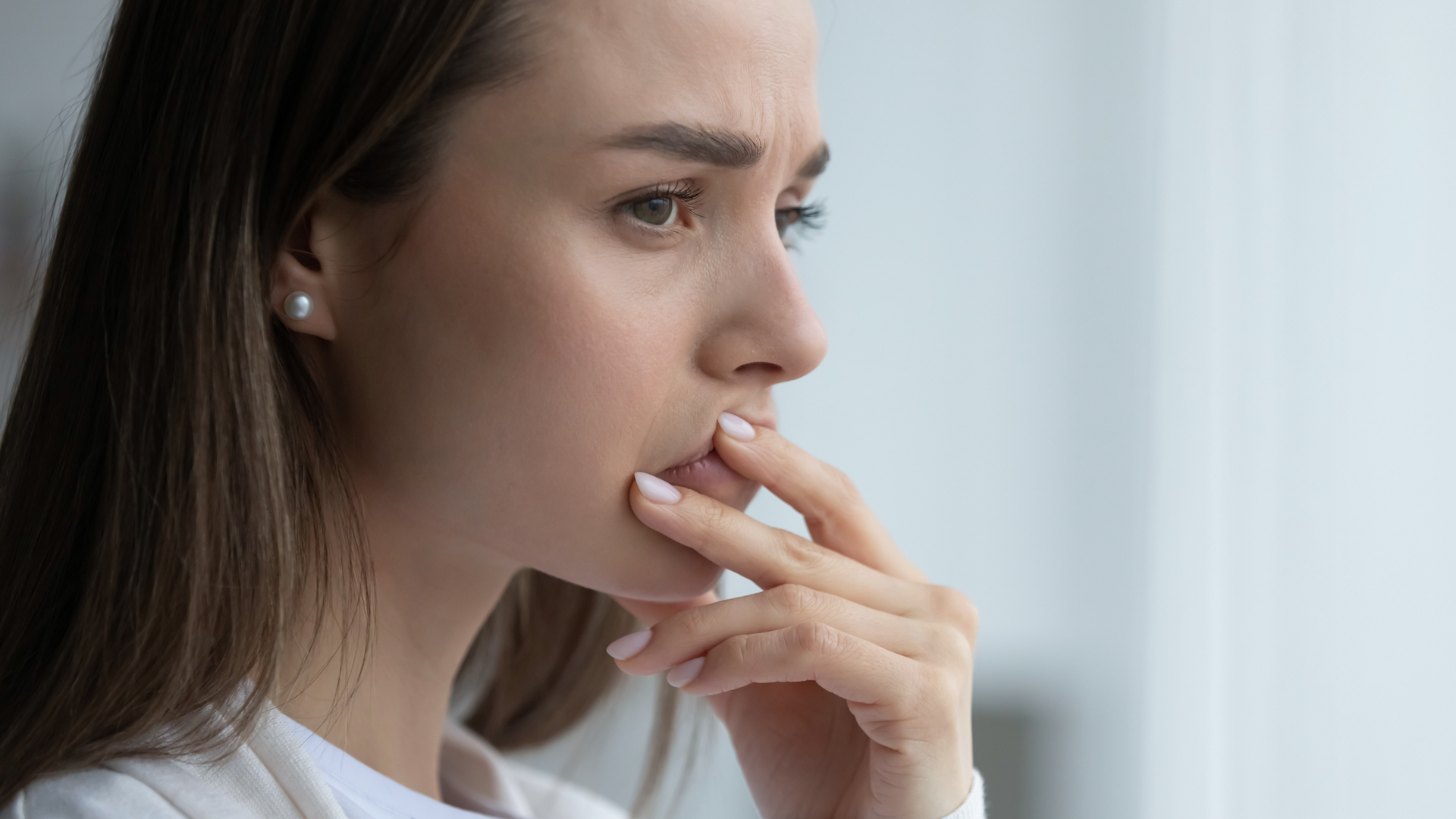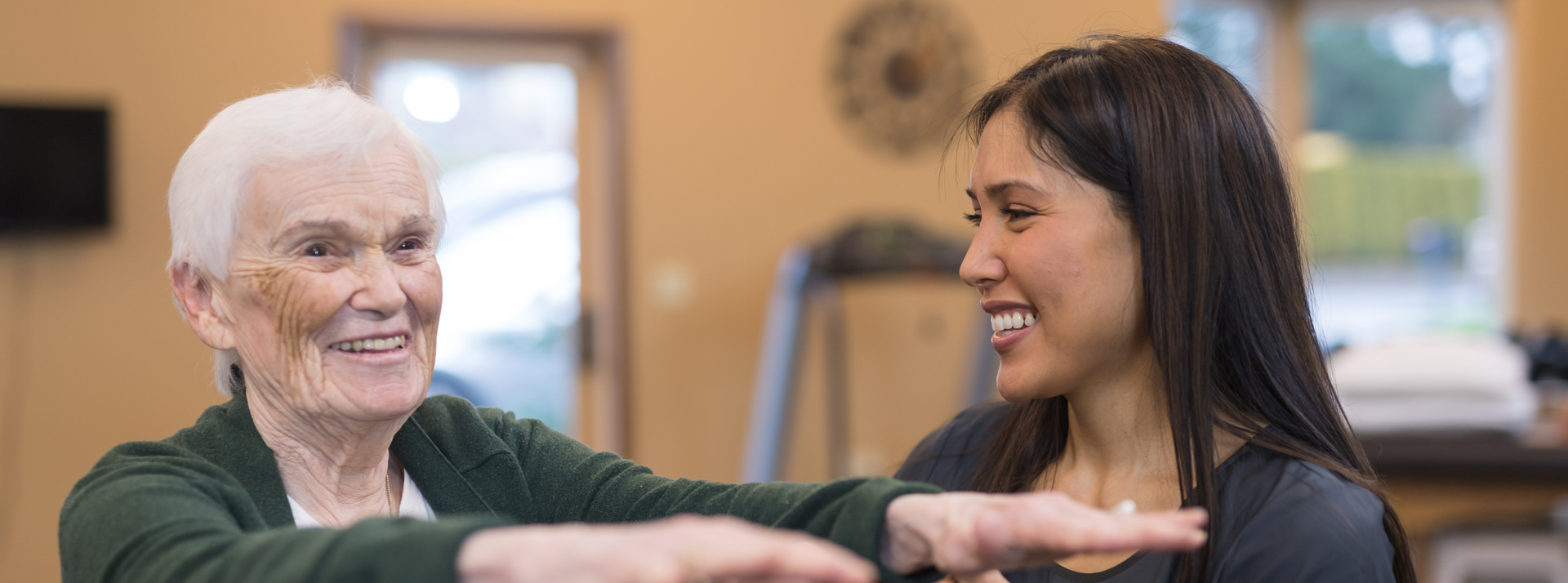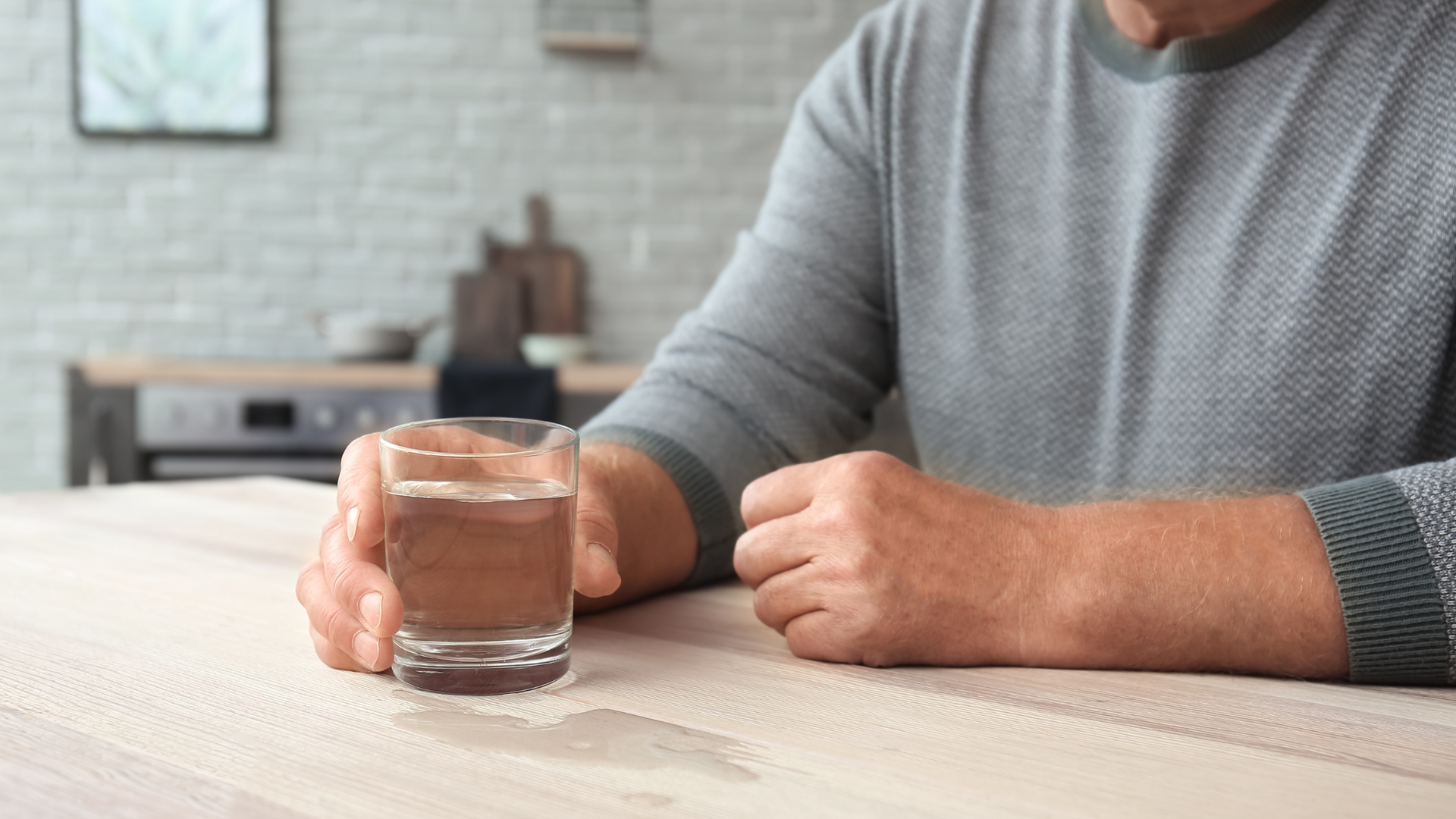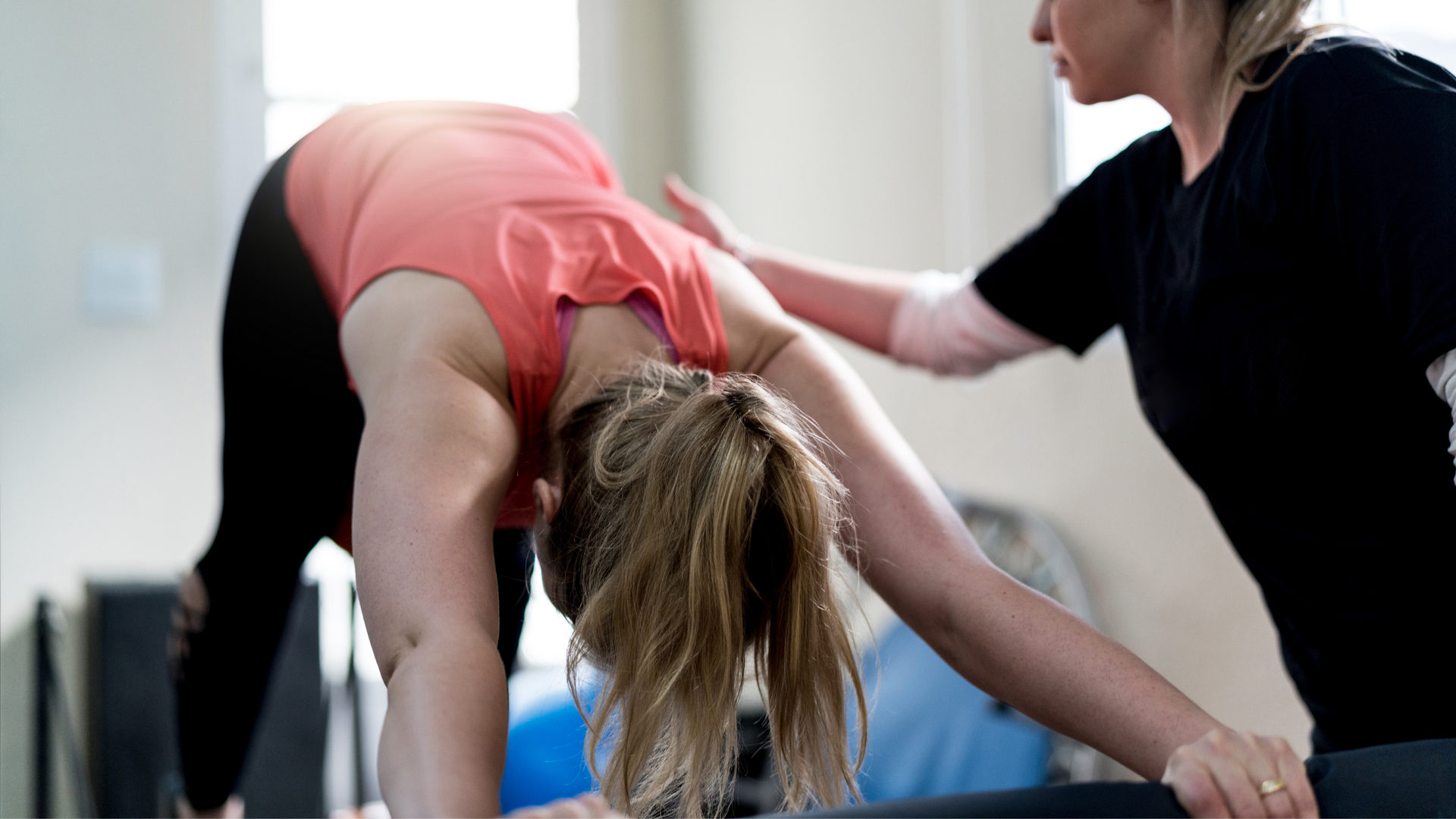Low Back - Lumbar Osteoarthritis
Low back osteoarthritis doesn't have to stop you from living
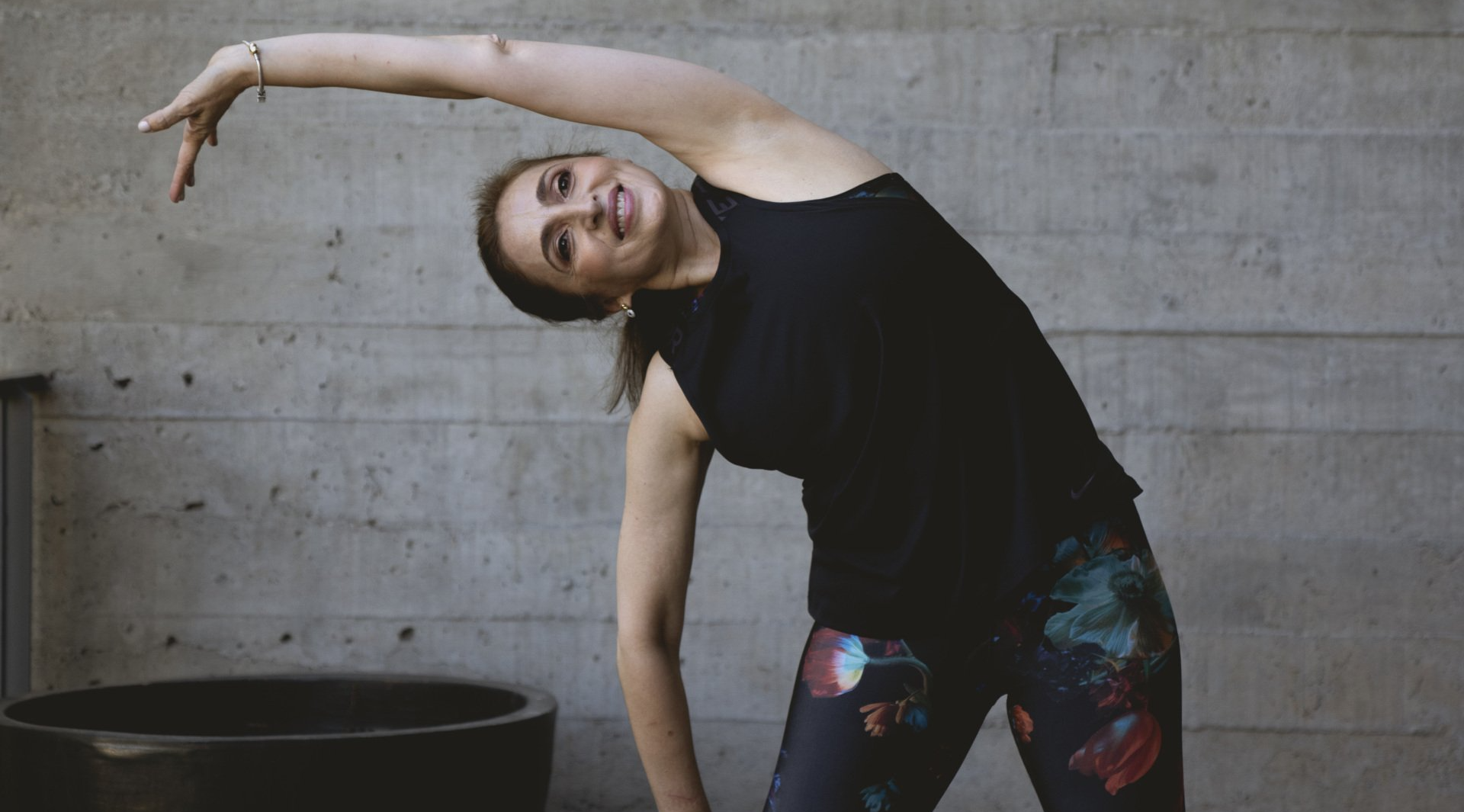
One of the joys (or consequences) of aging is the development of some degree of degeneration in our joints. Known as osteoarthritis, or OA, this type of joint degeneration is common and, to a large extent, the result of a lifetime of moving. The degree to which OA develops varies from person to person and joint to joint, and the reasons for its development are complex, variable, and individual.
Our low back, known as the lumbar spine, is no exemption. Over a lifetime, the lower back gets a fair work out. From lifting a couch into a new house, to absorbing the landing impact at football, to supporting us while we sit through a movie marathon, our backs don’t get a lot of rest. It’s no wonder they get a little worn out over time.
Anatomy 101 – Bear with me, it’s important
If you want to understand lumbar osteoarthritis better, you need a little bit of knowledge of the anatomy. It helps to have a good picture available while you do this, so we’ve put this information alongside a top-notch picture. Click here for lumbar spine anatomy 101.
What the Lumbar Spine does, and does it break down?
The primary role of the lumbar spine is absorption and distribution of load and movement in flexion and extension. This movement occurs at the intervertebral disc and the direction of movement is guided and dictated by the orientation of the facet joints. The lumbar disc is, quite frankly, awesome in its design and ability to absorb and distribute forces. The facet joints too are pretty nifty structures. They have a super-smooth layer of cartilage on them that allows for frictionless gliding and protects the underlying bone. But they’re not infallible. Over time, due to a range of factors including repetitive use or trauma, age, gender and genetics, the cartilage can break down, exposing the bone underneath to loads its not designed for, resulting in inflammation of the joint and joint capsule, restricted movement, pain, and loss of function.
This, my friend, is osteoarthritis. The term itself is Latin and means bone (osteo), joint (arthro), inflammation (itis). While OA can affect any synovial joint in the body, the lumbar spine is particularly susceptible and has been linked to the high prevalence of back pain in aging populations. Given that the population generally is getting older (because we are living longer), it makes sense that we explore ways to manage this health problem.
What is it with this back pain?
Lumbar OA usually has a slow, insidious onset. This just means that there is often no identifiable incident that brought on symptoms. People often present with generalised lower back pain, ache, or discomfort. Pain will often be referred into the buttocks, and patients may report back stiffness, particularly in the first few hours of the day after rising or after sitting for prolonged periods. Because onset is gradual over time, many people don’t seek assistance from a physiotherapist until symptoms are significantly limiting their daily activities. As a result, range of available movement can be quite restricted and strength deficits present.
What’s next? Xrays? Surgery?
This will depend on a range of factors such as the duration and severity of symptoms, your age, and impact on work and daily activities.
Xrays and MRI’s are pretty commonly undertaken but it is important that the findings from these be interpreted carefully and with due consideration of presenting symptoms. Keep in mind that about 80% of people over the age of 50 will have osteoarthritic changes on lumbar xray regardless of whether they have symptoms or not.
Surgery is reserved for severe cases, usually only when nerve root compression is present and there are associated neural symptoms.
What to do, what to do?
The good new is that, in the majority of cases, there is a lot that physiotherapy can do to assist with lumbar osteoarthritis. While we don’t have a cure for OA, the evidence unequivocally points to exercise as the best medicine for managing symptoms such as reduced functional strength and loss of range of movement. Symptoms from lumbar OA will vary over time. A prudent management plan will be multi-disciplinary (including your GP and specialist if required) and include therapeutic exercises, targeted manual therapy, joint mobilisation and soft tissue therapy. This approach has been shown to be extremely effective at managing symptoms and restoring functional activity. Additionally, hydrotherapy, pilates and massage therapy all have a place in the treatment and management plan for managing lumbar osteoarthritis.
Click here for some example exercises courtesy of Physitrack - we recommend you getting professional advice before doing these though.
The Take Home
If you’re experiencing back pain or have been diagnosed with lumbar osteoarthritis, exercise is going to play a pivotal part in your management. Lumbar OA is manageable. Arm yourself with the facts and get a good team of health professionals around you to keep symptoms in check. Your physiotherapist is well placed to assist in assessing and treating your symptoms, managing your pain and improving your functional capacity.
Keep in contact with your physiotherapist. They are the key medical professional in your back health now and into the future. A simple check-up to monitor your low back strength, range of motion and functional control against baseline measures and adjust your exercise program will help keep you active for longer and your back happier and healthier.
Do you have back pain?
Have you recently been diagnosed with osteoarthritis?
Do you want better back health now and into the future?
Give us a call. We love backs and we love helping people with all sorts of back problems get back to doing what they enjoy most.
More articles
Our goal is to enable you to live a pain-free life, with full mobility.
Copyright 2020 Physiotherapy


